Through the years while visiting Cuba’s resort spot Varadero, I have participated in its, many land and sea activities, but I had never taken a catamaran sea tour. However, today, this was to be remedied. I was on my way to join a catamaran safari – one of Varadero’s top tourist offerings.
Everything in Varadero, a town of some 8,000 inhabitants is geared toward foreign visitors. A spread-out town edged by 22 km (13.5 mi) of sugary- white sand, it is a special pampered tourist resort – the major source of the country’s foreign exchange. People choose Varadero as a winter destination, because of its exceptional beaches, its health facilities; and the safe conditions in Cuba as well as for the country’s rich history and culture and its social achievements. Crowning all these attributes is its people who are very hospitable and do their best to make visitors comfortable.
The crown jewel of Cuba’s 290 beaches, Varadero is a resort for all kind of sea sports such as cruises along the coastline, fishing, kayaking, sailing, scuba diving, seafaris, snorkelling and water skiing. After studying the sea attributes the resort had to offer, we decided to take the Catamaran Seafari.
The next morning a bus picked us up from our hotel and dropped us off at the Chapellin Marina. A Catamaran was waiting for us and soon with others we boarded the craft. I had travelled many times to Varadero but this was the first time that I would sail on a Catamaran. The tour this day would take us to Cayo Blanca, one of the Cayos located in the nearby waters.
As we moved away through a wide channel, the waters were calm but is was comfortably breezy. I looked around and found tourists everywhere atop the Catamaran: some sunbathing, and some sitting in the shade of the large sail sipping their drinks. It was a scene of a tropical paradise with a dreamlike character.
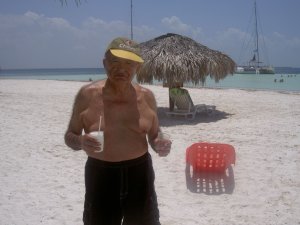 The bar opened as soon as we set sail, serving unlimited drinks such as beer, cocktails, rum, and soft drinks. These drinks and what we were later served on the island as well as the lunch all were included in the tour price. The celebration that morning began early and continued until we were back, docked at Chapellin Marina.
The bar opened as soon as we set sail, serving unlimited drinks such as beer, cocktails, rum, and soft drinks. These drinks and what we were later served on the island as well as the lunch all were included in the tour price. The celebration that morning began early and continued until we were back, docked at Chapellin Marina.
I was sipping on my drink when a tourist who hailed from Sweden turned to me saying: “In our country we dream of sailing the tropical waters. For me it’s a dream come true!” Most northern travellers on the Catamaran could very well have identified with his same sentiments that morning.
Turning around I heard a woman shout, “Look! Look! Dolphins are all around us.” Soon most of travellers on board were standing on the edge of the Catamaran enjoying the sight of these beautiful and playful creatures of the sea. They kept us company for a while then disappeared as we sailed further into the ocean.
Some two hours after we left Varadero, our Catamaran docked on the edge of the uninhabited island of Cayo Blanca. From atop our craft, I looked around. Pure white sands, lapped by crystal blue warm water stretched as far as the eye could see. The Island looked beautiful. “A colleague standing beside me was thinking aloud. “I wonder if Robinson Crusoe’s island was like this one!”
In a few minutes we were in the calm inviting and shallow beach waters. Not proficient in swimming I waded in the shallow water, which only came up to the waist for more than a hundred yards. Of course, many of the others swam much further into the calm sea.
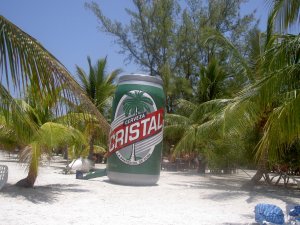 Tiring of the waters, I walked on the edge of the beach where there were shaded tables and chairs and structures all ready for cooking – waiting for the daily onrush of tourists. Having built up a stomach-pinging appetite, especially after seeing the many dishes waiting for us, I was anxious to begin our beach feast. Barbecued beef, chicken, fish, lobster and prawns, accompanied by side dishes such as black beans and rice, paella and much more as well as fresh fruit and a free bar, were all waiting for us.
Tiring of the waters, I walked on the edge of the beach where there were shaded tables and chairs and structures all ready for cooking – waiting for the daily onrush of tourists. Having built up a stomach-pinging appetite, especially after seeing the many dishes waiting for us, I was anxious to begin our beach feast. Barbecued beef, chicken, fish, lobster and prawns, accompanied by side dishes such as black beans and rice, paella and much more as well as fresh fruit and a free bar, were all waiting for us.
Sated we lazed on shaded beach chairs for an hour before climbing aboard the Catamaran for the return journey. Our three-hour sojourn on Cayo Blanca was a time of relaxation and dining on gourmet food – a memorable time that I would always remember. I could well agree with my colleague when he remarked, “This beats the cold of the north.”
As we disembarked, I had a romantic vision and a relaxing feeling after our Catamaran trip to Cayo Blanca. I agreed with an English tourist who said: “The trip has brought serenity to my body and inspiration to my thoughts.”
IF YOU GO
Facts About Cuba:
1. The Catamaran Safari to Cayo Blanco costs CUC 101.00.
2. Even though still reasonably priced, Cuba has become for tourists more expensive. It is best to take an all-inclusive package deal offered by travel agencies.
3. For transportation in Varadero, take taxis. Metered, they cost 1 CUC per km. They are the best way to get around. Also, there is a sightseeing double-decker bus that runs the whole length of Varadero – cost CUC5.00 per person (children under 6 are free) – passengers can get on and off all day with the same ticket. Autos are expensive to rent about CUC 70.00 per day and up and gas is around CUC 1.35 per litre for the top grade.
4. Varadero is a free port and has three international marinas that can handle a large number of vessels.
5. In spite of all types of shortages, Cuba is still safe, thefts are rare.
6. The best buys in Cuba are rum and cigars. Beware of black market cigars – often they are not authentic. Seven year-old Havana Club is the top rum in Cuba. It is smoother than brandy and sells at around CUC 12.00 a bottle.
7. Keep your pockets full of CUCs – you need to tip for almost any service. The only non-tipping services are the elevators – they are automatic!
8. Food in most ordinary Cuban restaurants is quite dull. The meals in peoples’ eating-places run from CUC 8 to 15.00; top restaurants charge from CUC10.00 to 30.00 for a meal.
9. Take bug repellent with you to protect against ‘no see-ums’ insects – their bites are very itchy.
10. The best time to travel to Cuba is from December to the end of April during the dry cool season.
11. Be sure to save CUC25.00 in cash for your departure tax at the airport.
Currency:
Visitors to Cuba must use convertible pesos (CUC) (at present 1 CUC = CUC 1.12 Canadian). The Cuban peso, which can only be used by tourists to purchase such products as fruit and vegetables, converts at about 1 CUC to 25 pesos.
For Further Information, Contact Cuba Tourist Board:
Cuba Tourist Board, Toronto: 1200 Bay Street. Suite 305. Toronto. ON. M5R 2A5. Tel: (416) 362-0700. Toll Free: 1-866-404 CUBA (2822). Fax: (416) 362-6799 e-mail: info@gocuba.ca; Montreal: 2075, rue University, Bureau 460 Montreal, Quebec, H3A 2L1 Tel: (514) 875-8004 Fax: (514) 875-8006 e-mail: montreal@gocuba.ca Website: http://www.gocuba.ca

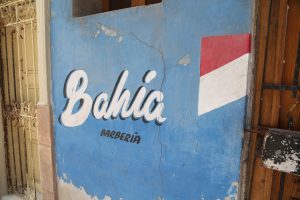

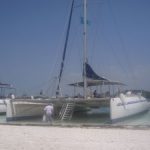
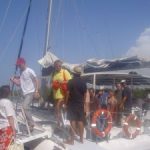
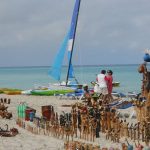
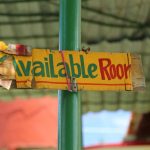
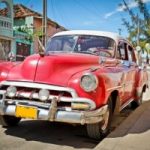
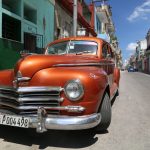
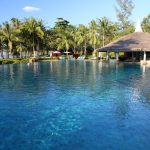
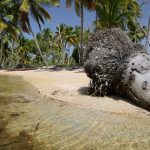

Leave a Reply